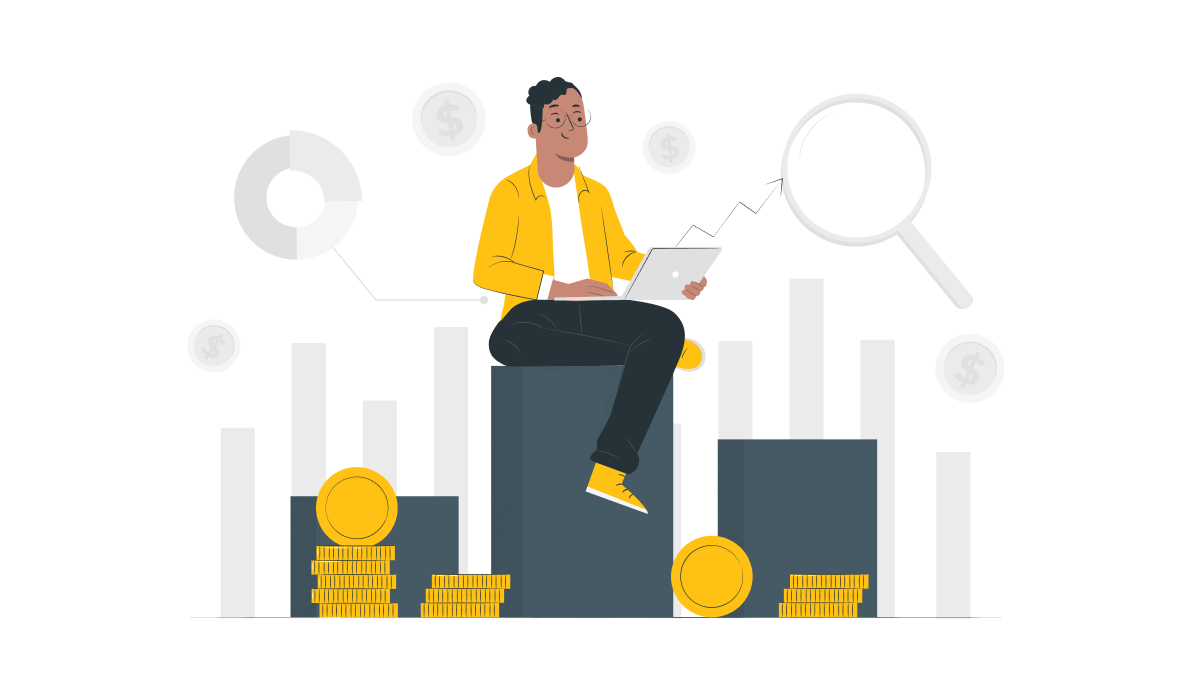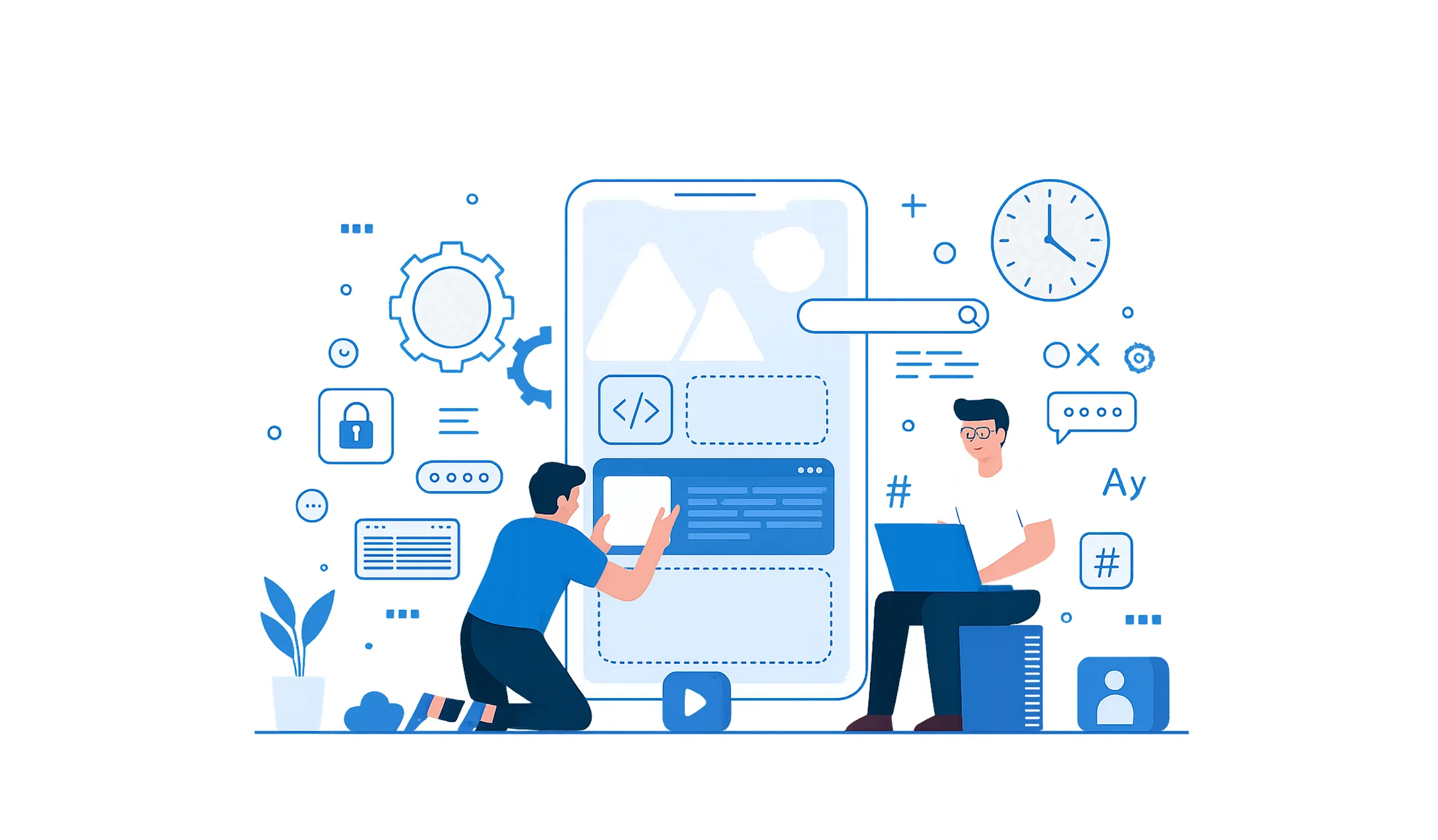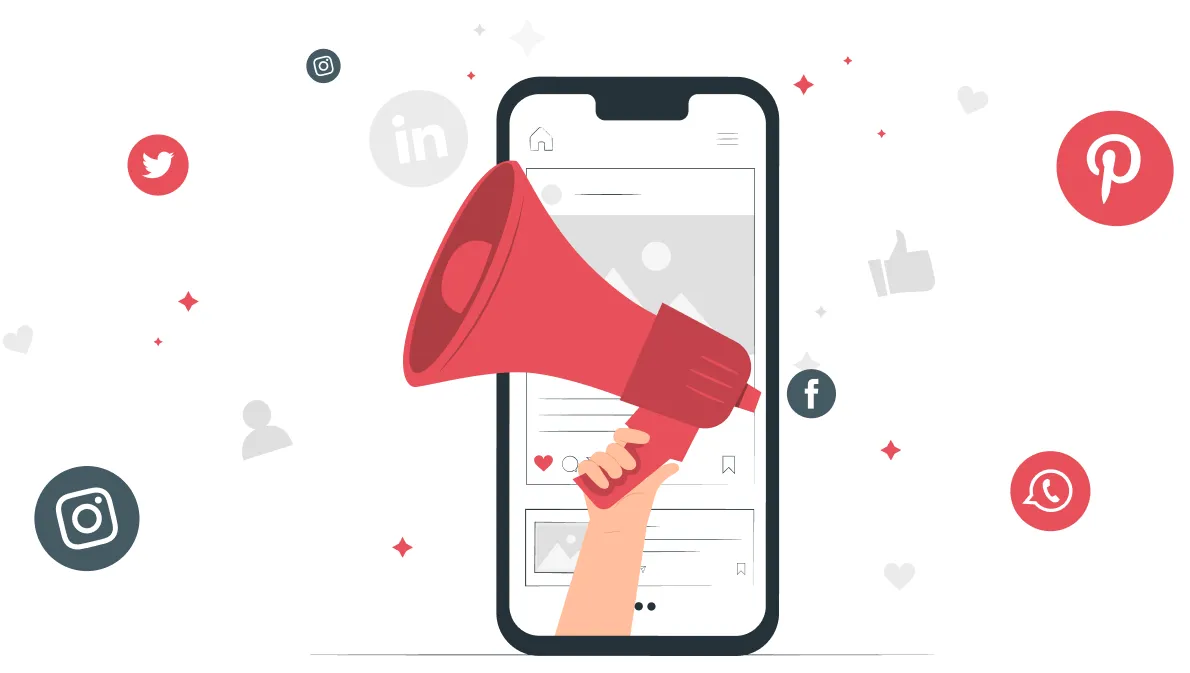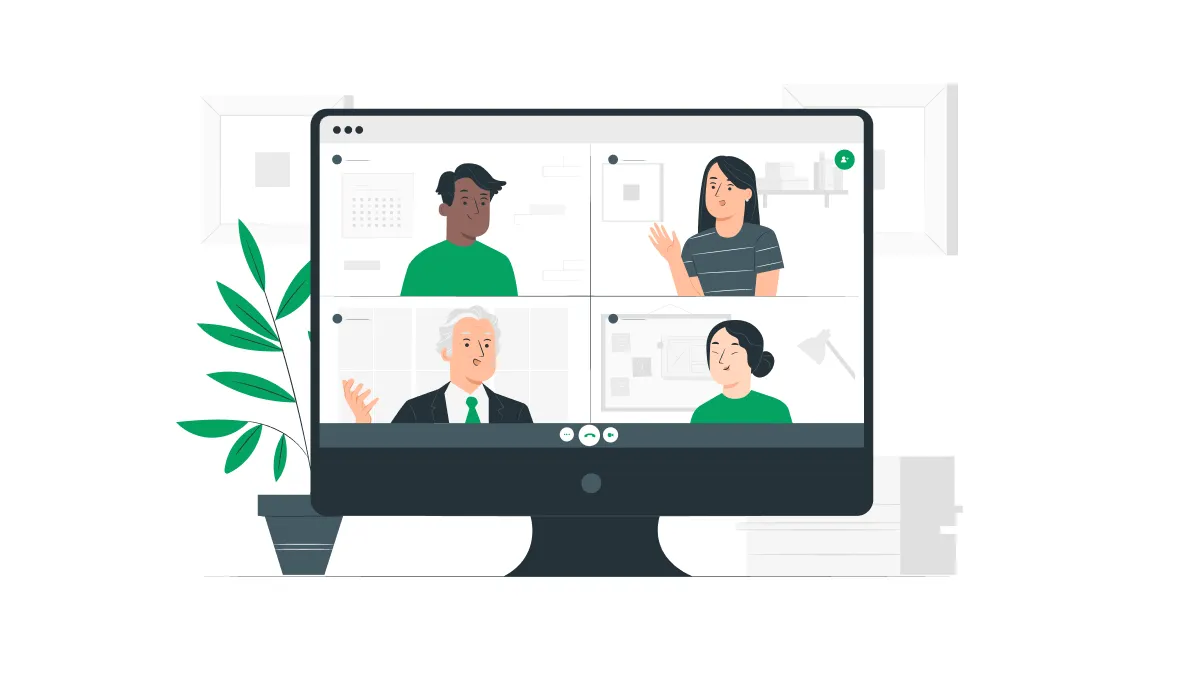What is monetization for?
The development of an IT tool for every business is a very important and mandatory stage in development. This can be one of the ways to attract customers, create a new trend, digitally and graphically present an idea, automate and optimize business processes. In this article, we will tell you how to monetize a mobile app or web service and what approach will be optimal for your business.
What is monetization?
Monetization is a process aimed at generating cash flow when users use the software. Understanding which type of monetization is right for your product is quite a complex process that requires careful analysis. It is necessary to take into account the characteristics of the market segment in which your company is located, the country, the mass and solvency of your users, the average duration of the session, the objective quality of your product, and much more.
Types of monetization
1. Paid download of a mobile app or game — Class A content
This type of monetization is suitable for high-quality material — mobile applications, games, or desktop software. There are various online stores where you can place your product(AppStore, GooglePlay, HUAWEI AppGallery, Steam, EpicGameStore, etc.).
Pros: + The stores are already installed on all your user’s phones + Your product will be updated automatically or through the store, which will provide your users with always fresh updates and up-to-date information + Users trust products from trusted sources
Cons: - Each store sets its own percentage of product sales(from 20% to 40%, depending on the store) - Not suitable for websites
Another way to earn money from selling software is to place it on your channel. This method is more suitable for companies that already have their own website and the flow of customers goes through it. In such a situation, you need to integrate a payment system into your site, through which your mobile/desktop product will be downloaded.
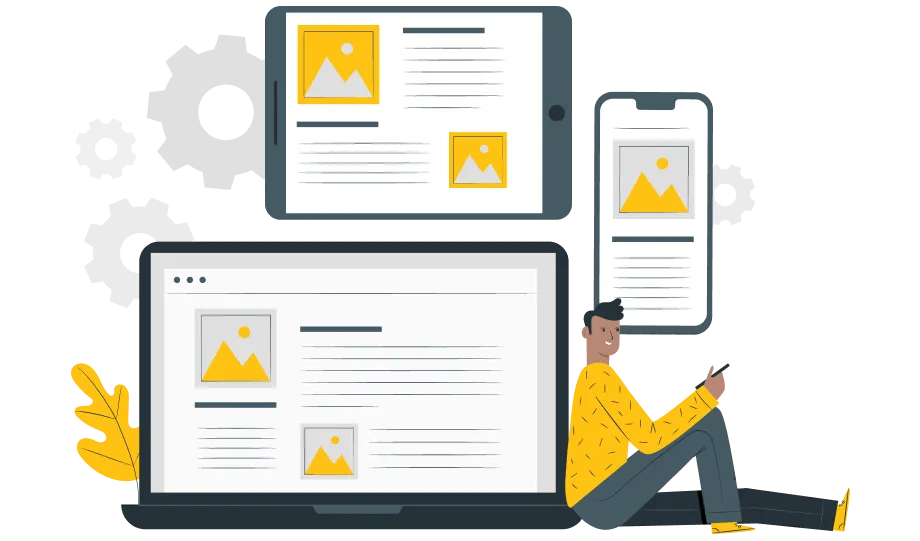
Pros: + You do not give the commission to the store
Cons: - It is necessary to have a serious reputation in order for your application to be trusted(As everyone knows, downloading third-party software can carry viruses and lead to incorrect system operation) - Provide automatic software updates - Installation on mobile devices with the iOS operating system requires signing your application through a special business account(Apple Developer Enterprise), which costs $ 299 per year
Now these methods are more common in the market of games and office software. However, if you still think about using this monetization method in your product, you can combine these two methods. As one of the options, place a link to your app in the store on the site, and simultaneously promote the site.
2. Freemium — Class A and B content
This business model can be attributed to one of the most popular types of monetization. You have a great and useful service. You have already released it to the market, and users are actively using it. Your natural desire will be to refine/expand and improve your product. This is where this model comes into force. You leave the basic functionality for free, but everything that goes extra, as an extension of existing functions, is closed by the paid version. You can add a monthly/annual purchase, divide the service's capabilities into categories in which the amount of available functionality will increase along with the price, or provide a free trial version for a few days with the subsequent purchase of the entire product.
Pros: + Customers already know what they are buying + Many people are already familiar with this system, and quite often attach their bank card to your service for further payment(hoping that after some time they will untie it) + It is suitable for both mobile applications and web services
Cons: - Many users are content with little and do not reach the payment - You will have to sacrifice most of the service by providing it for free
3. Subscription — Class A and B content
Often this technique is used together with freemium. You give the user the opportunity to view the service for free for 1 week, but in order to use the free trial period, you need to link a bank card for the subsequent renewal of the use of the content by subscription. The user can untie their bank card from your service when the trial period ends or the amount specified earlier will be debited for further use of the service(most often, a monthly or annual payment is used).
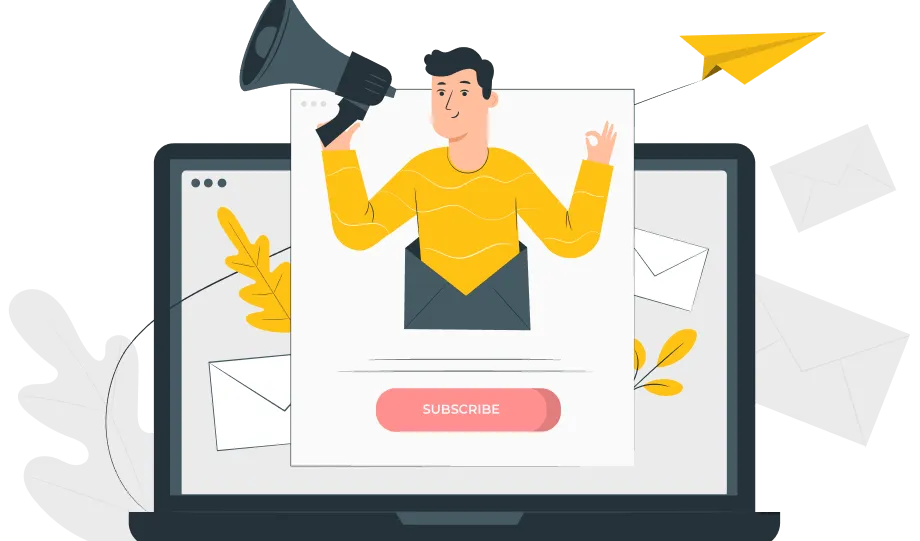
This amount will be debited regularly within the specified period and the price usually does not change, so as not to mislead users. In mobile applications, this is configured using official tools from the respective platforms, and for sites, you can use various payment services, such as Stripe or PayPal. For sufficiently promoted services, it is advantageous to integrate a subscription immediately when using the service, and as a draw from partners to provide a discount or coupon for a certain subscription period. The subscription is suitable for services that are designed for regular and frequent use of services by the user — online cinemas, news services, email newsletters, task planners, and everything that we use regularly.
Pros: + Simple and popular mechanics + The subscription price can be reduced, but the payment can be made more than once by the same user + A stable minimum payment is perceived by people easier than a one-time expensive purchase + It can be used both on websites and in mobile applications
Cons: - Without a reasoned increase in the cost of the subscription that your users have already purchased, there is a risk of losing your paying audience - It is necessary to maintain the level of quality and relevance of the content. People pay regularly, so they will have overstated requirements for your product - Without adding a freemium model, it is quite difficult to encourage users to link their bank card to your service
4. In-app purchases — Class B content
A popular and intuitive tool is in-app purchases. With the help of this tool you can purchase any digital material. In games — this is the purchase of gold, diamonds, characters, equipment, etc., in mobile applications or websites-e-courses, books, digital gifts (for example, the OSR service, where you can buy a star as a gift), a one-time placement of an ad for something in your service, and payment for its accelerated sale.
Pros: + Easy to embed + You can easily follow market trends and quickly change the price + Suitable for websites, games, and mobile apps
Cons: - In games, you need to very well warm up the interest of the public so that they resort to buying - As in ordinary stores, a digital product must have a marketable appearance, and the approach to selling it is not much different from the actual purchase of a thing. Salesperson skills required - Selling digital content is harder than selling physical content
5. Advertising — Class C content
The easiest and most popular way to monetize in mobile apps and games. The user does not waste anything, except their own time and you get a tiny amount from the owner of the advertising. It is designed for the fact that the application will have a lot of users, 10–20 ad views per person, the average session per person is 10 minutes. On websites, this has already started to go away due to the installation of adblockers in browsers, and on mobile applications, when the Internet is turned off, ads will also stop being displayed.
Pros: + Easy to integrate, there are many free ad aggregators available + Your users don't pay real money
Cons: - May cause irritation to users - You can get around it by using adblockers and disconnecting the device from the Internet - A small income
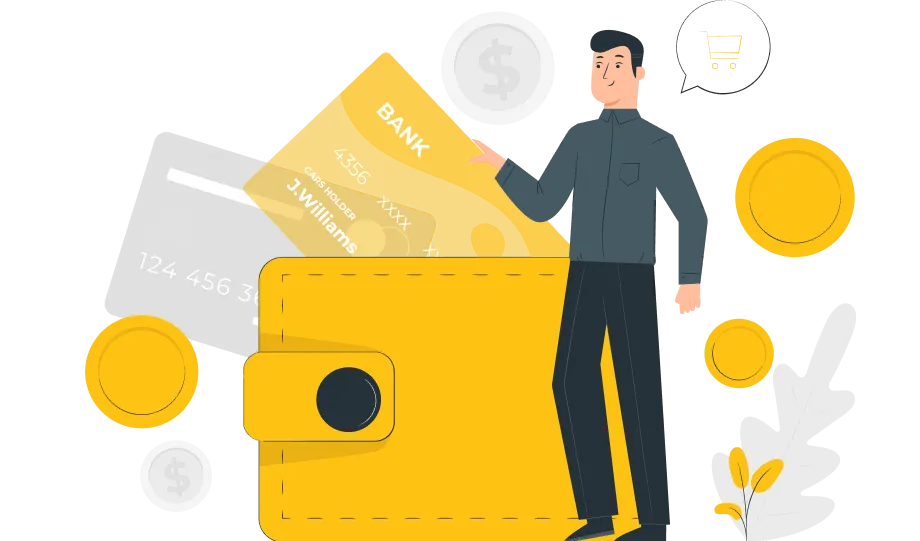
6. Commission for transactions within the app
This approach is very effective and interesting for services that are not designed to receive all the money that the client is willing to spend. This can be a service provider (one user orders a service from another through your platform, making a payment inside the app or website), aggregators of transport / airline companies, payment systems (PayPal, Stripe, PaySend), and much more. This is quite a complex system, since you need to provide a payment gateway not only between yourself and the client, but also the performer, partner, or other client of your program. Programmatically, this takes more time, and you also need to think very carefully about how exactly the transaction and transactions will occur.
For example, in the service sector, this approach is quite often supplemented by an escrow system — when one user puts money into the system's account, and the second receives it only when the system learns that the service is provided properly. If this is a purchase of any product of your app's partners, then you need to make a branched or two-stage payment gateway, part of the money through which will go to the partners ' account, and a percentage of the total amount to you. In the game area-this can be a commission from the drawing of a cash prize, which is formed from the bets of all participants in the game. However, even here you need to understand that you need to organize the transfer of money to one single cell, and after the game, also transfer most of it to the winner's account(the task is technically more difficult than just profit from the sale). The application of this approach is quite extensive and for each business, this model has to be configured individually.
Pros:
- A very good financial tool for customers who sell their services or products
- The commission is usually a small percentage of a large amount, which means that it is easier for users to part with it, especially when they see that most of the money goes to the seller
- Users don't pay for the app
Cons:
- It is quite difficult to implement payment
- You have to pay a commission to the payment service provider itself
- In the case of escrow systems, you need to provide a fairly fair and fair system for transferring money to the contractor's account. This often requires the services of lawyers
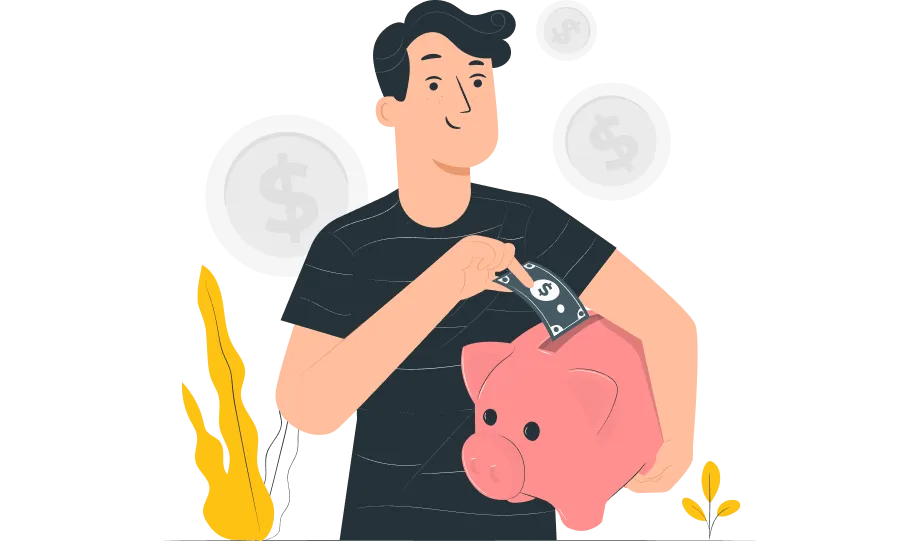
Result
All of the above monetization methods can be combined and continuously improved. But for greater efficiency, you always need to analyze and adjust your business strategy. Therefore, be sure to add analytics to the mechanics of monetization and regularly monitor the results of its work. We wish you profit growth and the number of users.

